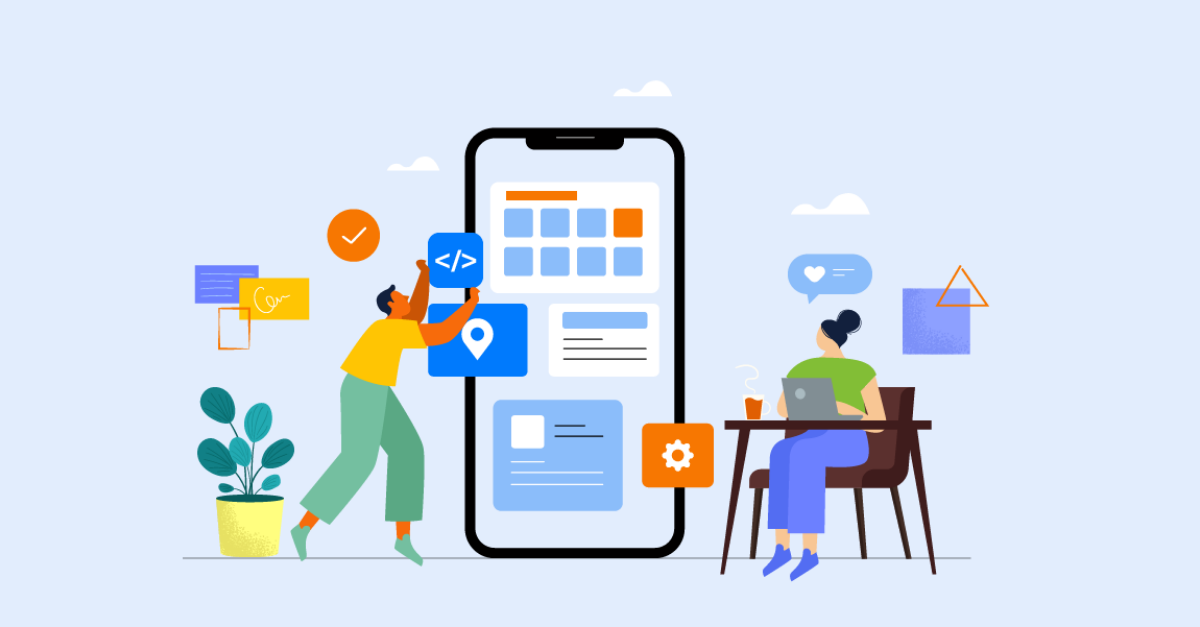
Innovations in Video Animation Services for Education
Video animation services for education have become a cornerstone of modern digital learning, where animation makes learning engaging and effective. Video animation simplifies the complex for students, making it digestible, visually appealing, and engaging. These animated tools are now commonly used by educational institutions and businesses to develop immersive learning experiences. Now that Custom eLearning Development Services have become available, educators can access customized content specific to their learning objectives, changing how students interact with information.
Why is Video Animation Transforming Education?
In recent years, we have seen huge shifts in the educational sector, particularly in how content is delivered to students—digital alternatives supplement—and, in some cases, replace—traditional classroom methods. Video animation, a critical aspect of this evolution, allows educators to simplify complex ideas into easy-to-understand visual formats that stick. Using video animation in education:
- Increases Engagement: Animated videos are much more interesting than standard lectures or text-based content, attracting attention and encouraging active learning.
- Simplifies Complex Topics: The ideas are less understandable, but their visuals can make them clearer.
- Accommodates Different Learning Styles: Video is a multipurpose tool that meets the needs of auditory and visual learners.
Latest Innovations in Video Animation for Education
The advancements in video animation in education are not new; as technology evolves, so has it. Some of the most impactful advances include:
1. Gamified Interactive Animation
Interactive animations go further from passive learning, allowing students to work directly with video content. Students can deepen their understanding of the material through touchpoints, questions, and decision-making opportunities and actively participate in their learning journey.
This is furthered by gamified animations, which bring game-like elements such as points, rewards, and progression levels, creating an engaging environment that encourages students.
Custom eLearning Development Services that add interactivity and gamification translate static lessons into interactive adventures, with students discovering, solving problems, and learning through real experience. This makes lessons fun and educational and improves retention.
2. AR and VR
AR and VR are no longer farfetched ideas; they are practical learning tools today. AR superimposes digital information on real-world environments, while VR gives students an immersive experience “inside” the lesson.
Biology students may view human anatomy in 3D, or history students may ‘walk’ through ancient civilizations. These experiences bring the abstract to life and help us connect with the topic more deeply.
3. 360-Degree Animated Videos
Animated videos in 360 degrees give students a complete view of a scene from all angles. 360-degree videos are different from traditional videos in that students can ‘look around,’ and it increases their spatial awareness and understanding.
For instance, students studying marine ecosystems could ‘swim’ with fish to see marine life from differing angles. VR headsets allow students to feel present and explore, improving their understanding. A 360-degree video can be customized for custom eLearning Development Services virtual field trips or interactive learning spaces to make abstract concepts tangible.
4. Microlearning Modules
Microlearning breaks complex topics into bite-sized modules to make the learning more manageable or less overwhelming.
Often short videos to cover specific concepts, these modules can be good for students with busy schedules or short attention spans. In practice, microlearning can be short videos that take you through each step of a bigger topic, such as the stages of a scientific process or different parts of a historical event.
Microlearning is used in Custom eLearning Development Services to keep the content focused and crisp so that students can grasp each concept properly before moving on to reinforcement of retention.
5. AI-Driven Personalization
Personalized learning experience is what Artificial Intelligence in education offers, which is adapted to each student’s strengths and weaknesses.
AI can analyze student data to find areas that can be improved and then suggest exactly what content is needed to provide a highly tailored learning experience. With this approach, students don’t get stuck with things they already know, and extra resources go to challenging areas.
AI-driven personalization helps create Adaptive Learning Paths, which are tailor-made video content for each student’s learning speed and style. Every student gets a supportive and responsive educational experience.
7. Storytelling in Animation
When we incorporate storytelling, animated videos become more relatable and emotional. Narratives bring concepts to life by connecting them to real-world scenarios or characters that students can relate to, like following a character through a math problem or seeing historical events from their perspective.
Storytelling turns the content into an experience and less instruction. Custom eLearning development services employ storytelling techniques in crafting engaging experiences that educate us, keep us entertained, and aid in such emotional connection to the material that the retention enthusiastically uploads.
Conclusion
Video animation services has changed the face of education, offering new ways for students to engage with and recollect the acquired knowledge. Animation is now able to meet students where they are and transform learning experiences with innovations like interactive videos, AR, VR, and AI-driven personalization. With ever-changing educational needs, Custom eLearning Development Services will continue to grow and help institutions create highly targeted, impactful learning solutions.
Key Takeaways
- Video animation makes complex topics easier to understand, increasing student engagement and comprehension.
- Modern education doesn’t leave video animation behind, and innovations like interactive videos, AR, VR, and AI personalization have raised the role of video animation in modern education.
- Integration is effective if you set clear objectives, tell stories, and collect data for continuous improvement.



